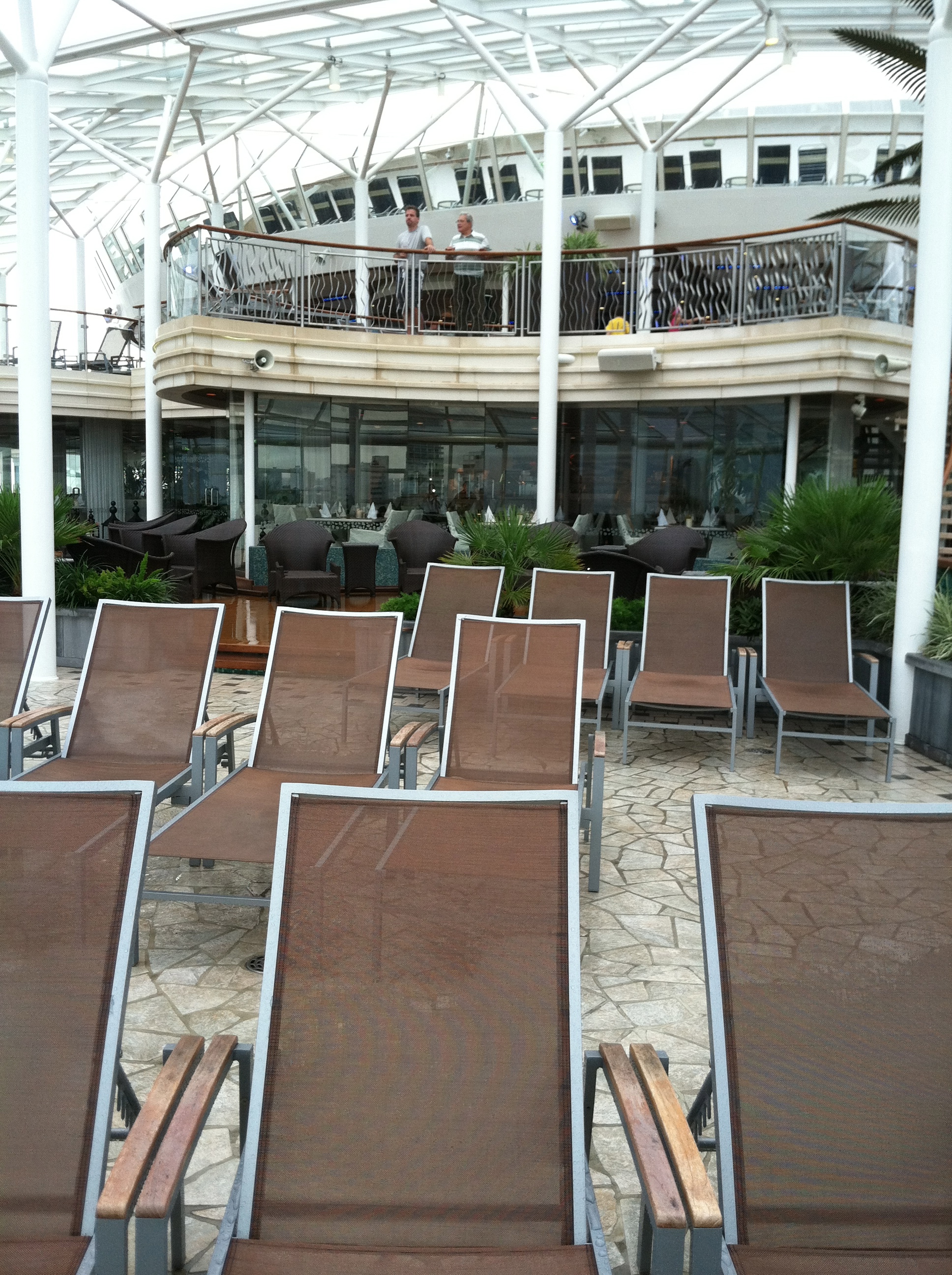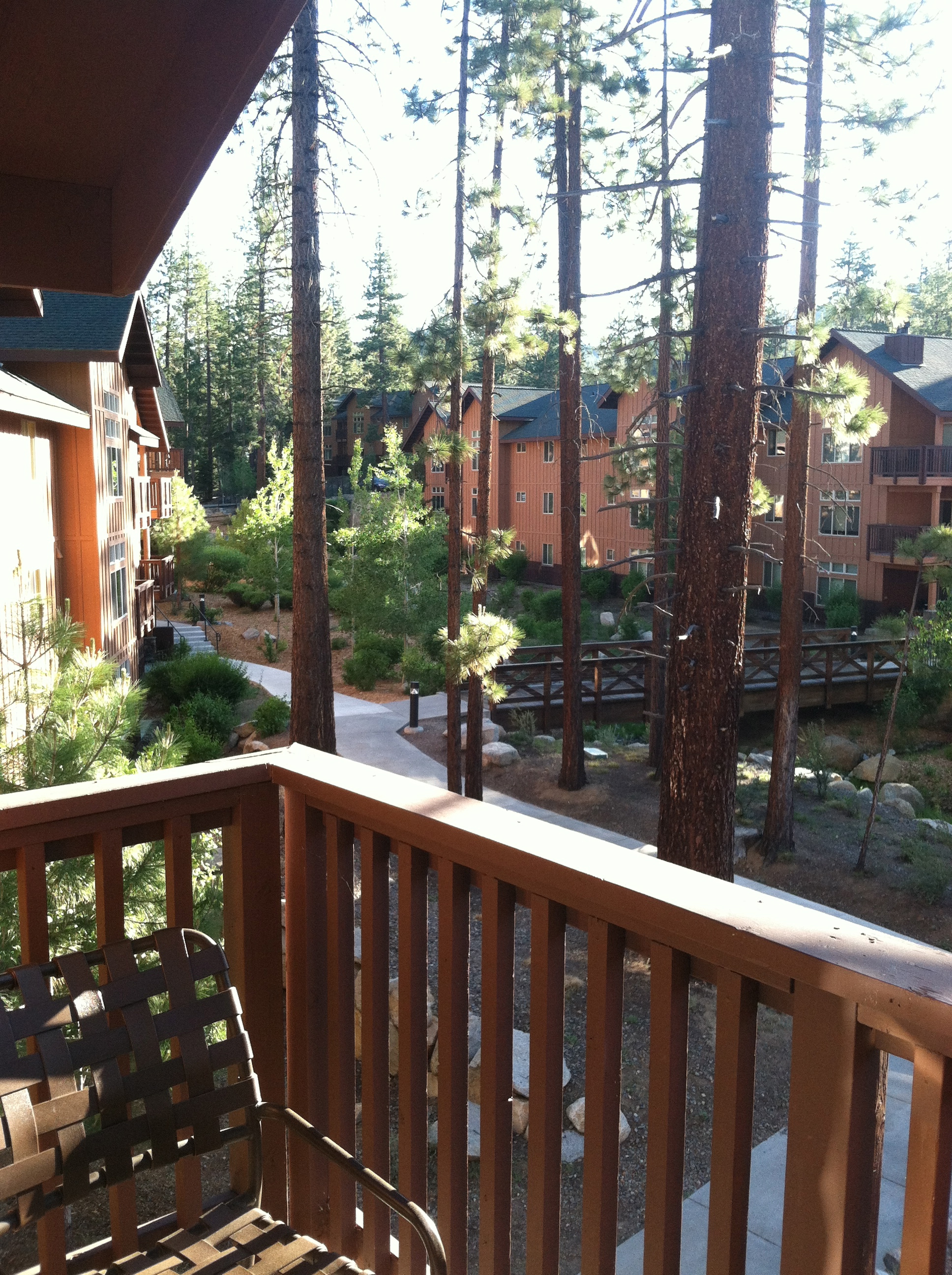November 4th, 2021: I’m in the process of cleaning this up. It is a grammatical mess! You’ll get the gist, but do check back. Lori
This is an article I was asked to write after a bit of a debate regarding the treatment at Little Rock. It was initially posted on Pat Killingsworth MM blog in 3 parts. I’m going to repost here for you. I
Why I chose a research facility vs. a “treating” physician…
I worked for the University of Maryland‘s Center for Environmental Energy Engineering. I was their sole administrator; it was a small group of highly respected, hard-working research professors with about 40 graduate students, primarily PhD-seeking students. My director is world renown in his field and was an Editor of an archival quality research journal published by the “society” representing his area of expertise. Part of my duties was to manage papers submitted for peer review for publication in this Journal. The society used an online publication management program, commonly used now by all the major journals. Allowing authors worldwide to submit their papers electronically and then for the Associate Editors (we had 12) to organize and invite “reviewers” to review these paper submissions. This process from paper submission to publication (should they be that fortunate) took 18 months to 2 years, i.e., print and mailed to subscribers. I won’t bore you with all the details as to why that is. Still, everyone is busy; they don’t get paid to do this. It is an honor, but it is work to pour through someone else’s research paper, examine the evidence presented, check the calculations, check references, etc., and then make a recommendation. Very few papers get to publication in the first three months. Edits are often required, challenges to claims made, etc., and then it has to go back through again and so on. Once approved, they go into the following available journal publication, as the actual publication process is another couple of months, so they get in line.
Each Journal has requirements for publications that include limits on words, tables, graphs, photos. Whatever the research entails must fit into parameters listed by the Journal. Some don’t allow your paper to have been submitted, let alone published, elsewhere. Some (I would argue most) don’t let a non-subscriber see the published article. Some won’t even let you present it at a conference if you’ve published. My point is that there are all sorts of rules in publishing scientific research backed up by the peer review process, which is the system we value. Our Journal was a “Blind” review. That meant that efforts were made to have a paper go thru review without knowing who the authors were and the authors not knowing who the reviewers were. It was an attempt to minimize biases and attitudes based on the personalities involved. I will tell you that that process is not always successful. In a small group, it’s not always easy to mask who the authors are on a particular subject.
I knew, perhaps uniquely, that if we went anywhere other than an actively researching facility, they would be arguably two years behind what was occurring right now. Presenting this concept to our diagnosing physician, he admitted that I was exactly correct in my analysis of the situation. MM is less and less rare; the fact is, it is still designated as a rare disease. The local treating physicians that were available to us had a few patients. Quite frankly, they had fewer patients in their 30-year careers than a place like Little Rock has in 3 months. But I digress… I said to him, “Let’s be honest, Dr. N when you get an MM patient, you guys pick up one of your medical journals and find the latest, 3,000-word paper, read it over, prescribe treatment based on that. And when you do that, you have little understanding of all of the research. You are already two years behind what is current.” Dr. N said; I was correct. I said, “unless, of course, you go to a Myeloma Conference, but then why would you? If you have so few such patients?” Dr. N admitted, he didn’t, and he wouldn’t. Now, admittedly, he was a general oncologist and would not be “treating” Dave. At a research facility, to publish papers, they MUST produce statistical data that they have collected. It must be verifiable. As a result, they will produce their data, life expectancy, assumptions, theories, conclusions, etc. If you go to a local oncologist/hematologist, they will not collect this data and will not share it with you, period. And quite often, they will be offended that you asked such a question, as I experienced, a simple question for a researcher, not so for someone else. You ask it at a research facility, and they will gladly share their published data and their current unpublished data; as illustrated above, the published stuff is old. Most of us know that statistical data can be manipulated and slanted. It’s a fair argument and one that we must rely on the peer review process to meat out. Eat red meat, don’t eat red meat, eat red meat once a week… drink a glass of wine, don’t drink a glass of wine, drink a glass of wine once a week. It can indeed make you neurotic.
As I went through this process, I also learned, as many of you may know, but I did not, that the stem cell transplant was NOT the treatment at all! It is used to help you recover your immune system to safer levels as soon as possible. It is the DRUGS used prior to the stem cell infusion that is the treatment. Then, it is the treatment AFTER, that is in many ways just as crucial – this aftercare would be years (hopefully). So, for me, as a wife and a caregiver, the last thing I needed was to have my husband see a physician that made him feel like every day he was still breathing was one more day than the doctor thought he would have. One who was going to give him some drugs to extend his otherwise doomed life, with a “well we tried” shrug. I’m not suggesting that anyone else’s doctor has done this, but we had two who do not believe you can survive MM for very long, end of the story. That was simply unacceptable to me, and I had the good fortune of having two other doctors who didn’t treat MM, who felt the same way I did, based on their understanding of the research activity in the disease of MM. They unequivocally advised me NOT to take Dave to those doctors for treatment. They are friends, and they know my husband and agree he needed to go to a physician who was up to date, experienced, optimistic and hopeful, because, in their view, there was every reason to be confident at this time in the treatment options for MM.
When one doctor told me that “the new treatments” were not proven, my doctor friend reminded me, “Well, they have not been disproven either.” That is indeed an important point here. We are in the thick of it, folks. No one knows the way out of the forest, but some have more experience, hunches, instincts about the path out, and some are getting more people out of the forest than others. When I speak to a physician, I can tell you that I have a list of questions, some medical and some not. When I ask my questions, I’m looking for answers to be sure, but I’m also listening for biases, personal attitudes, character. Some people think I’m crazy. Who cares? You want them to fix you. Well, I’ll tell you why I care. These things tell me a lot about a person’s ethics, both professionally and personally. What kind of team is a person likely to have to support them that I will be in contact with more often than not. For instance, when I went to Little Rock and had our first visit to the infusion center, what immediately struck me was how long the nurses had been working there. I couldn’t find anyone under ten years (and several were over 16 years). That tells me a lot about a facility, the researchers, and the administrators behind it. They like working there. They like their job.
So what else can a research institute offer you? Well, they are focused on one disease. Typically they have diagnosticians who are affiliated with their research as well. Radiologists viewing your scans are part of the research team, have been looking at pictures of that disease day in and day out for many years. They don’t miss much. Research facilities often have the latest equipment, foundations, endowments, fundraising, federal grants, private donations, community support, etc. Some tests are covered by insurance because they are considered “research,” which might not otherwise. When insurance can’t or won’t cover it, sometimes the facility can absorb some of those costs because of the endowment/grant monies they have, depending on how deep the pockets and the criteria laid out for those funds use.
Researching facilities are also hospitals, of course. They can choose to go through additional accreditations from NIH and beyond. A good facility will always be working toward improving its ratings on the accreditations. They will have accountability to the organizations who have given them these accreditations and have annual visits typically. It’s worth taking a brief moment to mention a little bit about UAMS of which the Myeloma Institute is a part of. Most of our diagnostic testing is outside of the Institute and within the framework of UAMS. UAMS has a mission for quality healthcare and SERVICE that is commendable. No matter what clinic you are in, they are kind, efficient, responsive. The goal at UAMS is that you do not wait more than 15 minutes for anything, anywhere. Of course, this doesn’t always happen, but for the most part, for us, it did. The care is very personal. Maybe it’s just good ‘ole southern hospitality? I don’t know.
Researching facilities tend to do much more diagnostics. Those who are not engaged in active research call it diagnostic overkill. Well, that is both the upside and the downside of going to such a place. Remember they are collecting quantifiable, provable, data. I would argue that they must do this to further their research as well as substantiate it. Not to mention that if you are a more difficult case, it might mean the difference between life and death. In our case, our consultation visit was 5 days of tests. They redid EVERY test Dave had already had and then did all of their tests as well. At the end of that 5 days, we met our doctor and the consultation was completed and incredibly thorough.
Other tangibles, that some might feel are not important, but I found extremely valuable to both Dave and I. Because it’s a rare disease, if we treated it locally, we probably would have never met a single MM patient in our travels back and forth. In a larger environment specializing in the treatment of your disease, the valuable support from other patients and caregivers cannot be underestimated, in my humble opinion.
In many areas of medicine, there are debates waging, not just our particular disease. I jokingly remind people “Well they are ‘practicing’ medicine after all!” When you are dealing with a disease like MM, make no mistake, we are all guinea pigs, period, end of the argument. Having said that, I simply wanted to go where most of the guinea pigs were going and where they seemed to be living the longest. I found my Mecca, and you can find yours.
For those who have “heard” things about Little Rock, I will tell you that they never told us they would “cure” my husband. They never badmouthed the doctors who had treated him or made other claims about the available disease treatments. They told us how DAVE was doing NOW and what they do, what our time commitment would be, and to let them know if we wanted them to treat him and that they could start tomorrow or at a later time. I can’t tell you that there wouldn’t be pressure on someone in dire straights; we were not; Dave had had a VGPR from the Thalid/dex regimen. His only real issue right at that moment was an untreated compression fracture that he was taking opiates to address.
Finally, regarding Little Rock specifically. More than 50% of the patients were treated elsewhere, and treatment failed or relapse from previous treatment. Their “treating” physicians didn’t know what else to do for them so they sent them to Little Rock or sent them home “to die”, as several told me personally. I will also tell you that I met many patients from other research facilities. The biggest names in the US, all had patients at Little Rock at some point. So for those who criticize Little Rock from afar, please remember that there are many who are satisfied and alive thanks to them. Are they perfect? – Nope. Do patients die there? – Sadly, Yes. Is that unique to Little Rock? – Nope.
Good luck to all of you. If you have the urge or chance to go to a place like Little Rock, at least go and have a chat. If you have a specific question on Little Rock for me, feel free to email me directly and I will be more than happy to have that dialog with you.
Note: One more thing to keep in mind is the time it takes prior to paper submission and publication – i.e., run the study, collect and analyze all the data, write the paper within the Journal’s parameters, and most groups run the paper through an internal review process amongst all the authors. Sometimes they will even have to run it through a legal department. So while a paper may take a long time to the submission to the publication process, rest assured, it has been much longer than that.





















Hi, I live in Bend, OR (Central Oregon). Do you know the MM research facilities nearest to me. OHSU in Portland is the major treatment facility but after reviewing their site I didn’t get the impression that they were a research facility (could be wrong of course). I’m currently classified as high risk smoldering and trying to get my research done before that poosible change to symptomatic.
Thanks,
Bob Davis
Dear Lori………you’ve done it again! I read this beautiful article and was mesmerized by the completeness and insight as a caregiver. I will have my wife reade it as well. The doctors I am seeing are Myeloma specialists trained at UAMS and have their facility in Hackensack, NJ. But you have raised more questions for me to ask. Thank you for careing.
Barry